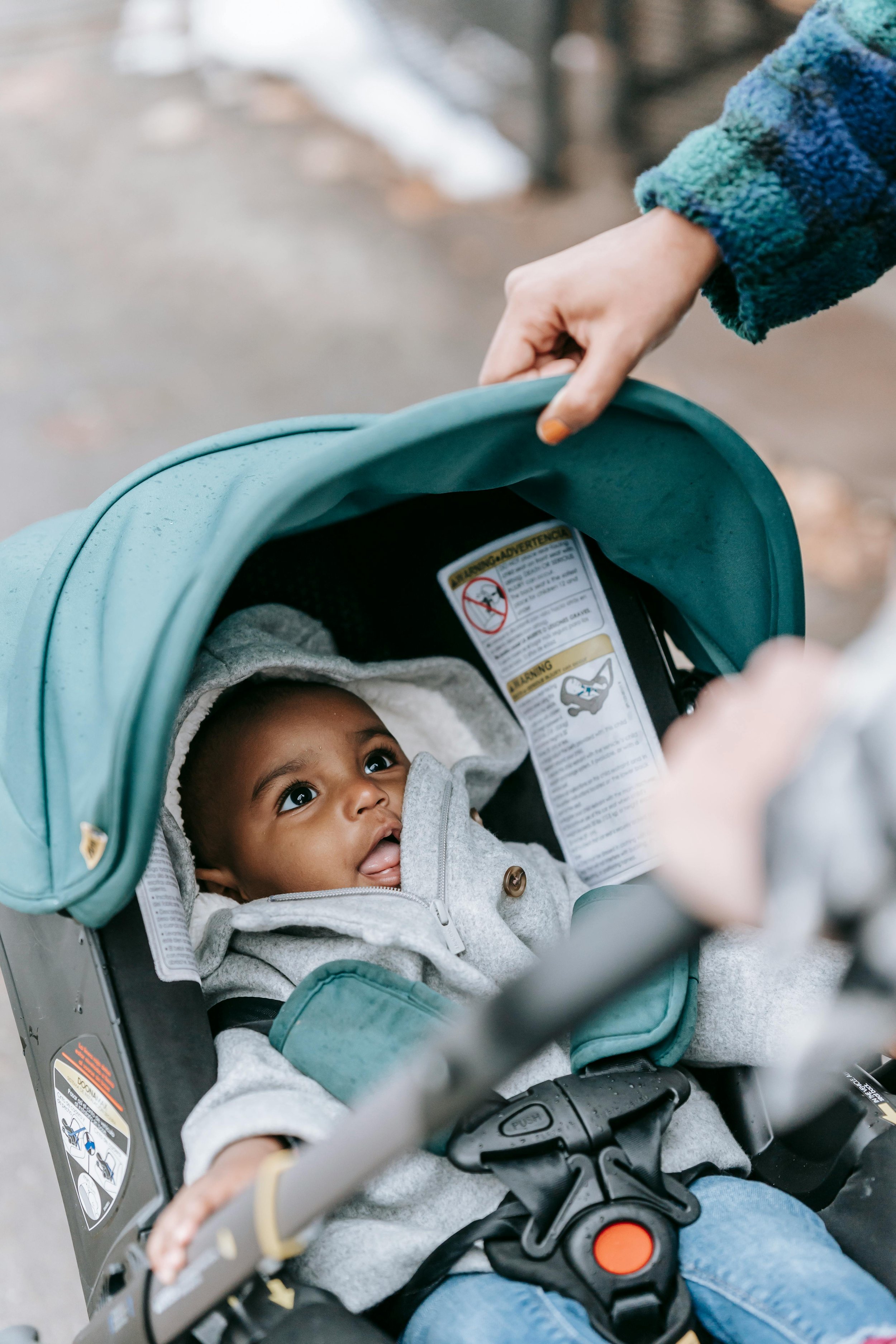My baby hates the car seat
Parents can find travelling with a baby in the car an absolute nightmare because the child can become distressed for the entire length of the journey whether it be long or short. Babies and toddlers often experience discomfort and distress when sitting in a moulded car seat, and this can be connected to a variety of physical and neurological factors rooted in their birth experience. Here's a breakdown of how these issues may develop and how they manifest.
Birth Trauma and Physical Discomfort
Pelvic and Sacro-Iliac Joint Compression:
During a difficult or prolonged labour, particularly when the baby becomes "stuck" in the birth canal, there can be significant compressional and distortional pressures exerted on the baby's body.
This can lead to compressed and restricted joints, especially in the pelvis and sacro-iliac areas, resulting in discomfort when the baby is placed in positions that mimic the curled-up, confined posture of the birth canal, such as when they are in a car seat.
Moulding and Pressure Sensitivity:
The car seat, designed to keep the baby in a semi-reclined or foetal-like position for safety, can exacerbate discomfort if the baby's pelvis or spine were affected during birth. The moulding of the seat against these sensitive areas can trigger physical pain or discomfort, leading to crying and distress. This position tends to keeps your child in physiological shock if not addressed.
Neurological and Psychological Factors
Primitive Reflexes and Neurodevelopmental Impact:
A traumatic birth experience, especially one involving assisted delivery (e.g., forceps or vacuum), can interrupt the baby’s natural neurodevelopmental sequence. This may trigger an overactive sympathetic nervous system, keeping the baby in a state of heightened alertness.
These experiences, often referred to as "early imprints," can be remembered by the baby's body and nervous system. When placed in a position that mimics the one experienced during birth (such as being confined in a car seat), the baby may re-experience the stress and discomfort of that time.
Fight or Flight Response:
The confined position of the car seat can activate the baby's fight or flight response, as it reminds them of the traumatic experience of being stuck in the birth canal. This can cause the baby to become unsettled, agitated, and to cry inconsolably.
Older babies and toddlers who have developed more motor control may cope better because they can adjust their position or find ways to relieve the pressure on sensitive areas.
Baby Body Language and Parental Interpretation
Reading Baby Body Language:
Understanding and interpreting a baby's body language can be crucial for parents in recognising signs of discomfort related to these underlying issues.
Signs such as arching the back, stiffening of the body, turning the head to one side, or persistent crying when placed in a car seat can indicate discomfort linked to the baby’s birth experience and the resulting physical and neurological challenges.
Strategies for Parents
Gentle Handling and Support: Using gentle handling techniques and a calming voice to help the baby transition into the car seat can minimise discomfort.
Massaging your baby or child: Learning how to massage your baby appropriately around their pelvis, back and shoulders is essential for desensitising the areas of discomfort
Craniosacral Therapy: Some parents find that craniosacral therapy, which involves gentle mobilisation of the baby's head (cranial bones) and spine, can help alleviate discomfort by addressing underlying physical restrictions.
Modified Car Seat Positioning: Adjusting the car seat or using specially designed supports to alleviate pressure on sensitive areas may help.
Regular Breaks: Taking regular breaks during car rides to allow the baby to move and stretch and lie out of the car seat can also reduce discomfort.
Understanding the connection between birth trauma, physical discomfort, and neurological responses can empower parents to better manage their baby's distress and create a more comfortable experience for both the child and themselves and more safe driving with a baby on board.

